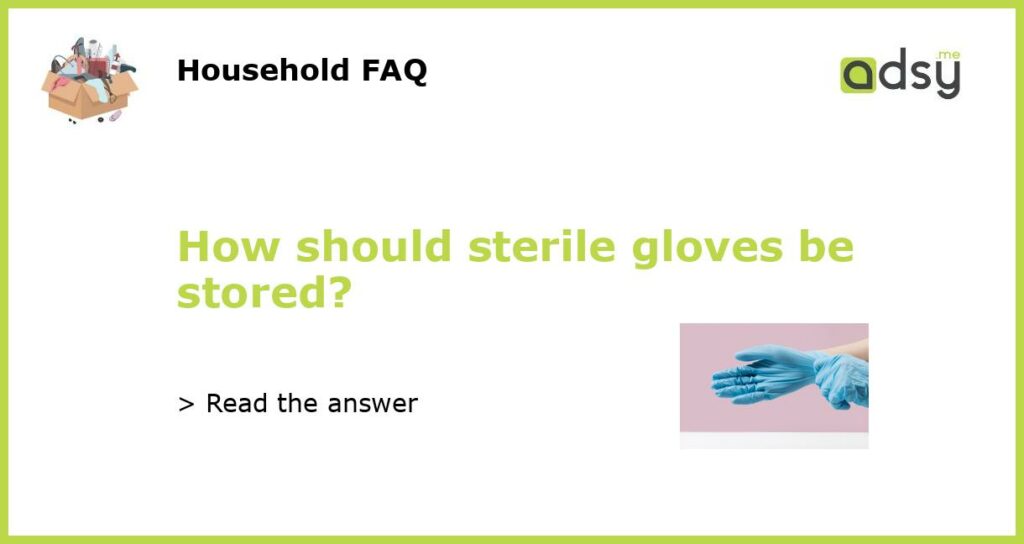Proper Hygiene and Storage of Sterile Gloves
Sterile gloves play a critical role in maintaining asepsis in healthcare settings. They are essential for preventing the spread of infection and protecting both patients and healthcare professionals. However, proper storage of these gloves is often overlooked. Storing sterile gloves incorrectly can compromise their integrity and increase the risk of contamination. Here are some guidelines on how sterile gloves should be stored to ensure their effectiveness.
Keep gloves in a clean and dry environment
Sterile gloves should be stored in a clean and dry area to prevent any moisture or dirt from contaminating them. Avoid storing gloves near sinks, damp areas, or in direct sunlight, as these conditions can compromise their sterility. Keep the storage area clean and free from any potential contaminants, such as dust or chemicals.
Use appropriate glove dispensers
Glove dispensers are designed to hold and dispense sterile gloves while keeping them protected from contaminants. Choose dispensers that are specifically designed for sterile gloves and follow the manufacturer’s instructions for installation. Dispensers should be mounted in an easily accessible and convenient location to promote proper glove usage and minimize the risk of contamination.
Avoid overcrowding and stacking
Store sterile gloves in a manner that allows for easy retrieval without causing damage or compromise to the gloves. Avoid overcrowding the storage area or stacking gloves on top of each other, as this can lead to compression and potential compromise of the sterile barrier. If gloves need to be stacked, make sure they are stacked in a way that maintains their shape and integrity.
Check expiration dates
Like all medical supplies, sterile gloves have an expiration date. Check the packaging for the expiration date and discard any gloves that have expired. Expired gloves may no longer be sterile and could potentially introduce contaminants into the healthcare setting. Regularly monitor your glove inventory to ensure that only non-expired gloves are being used.
Follow manufacturer’s recommendations
Lastly, it’s essential to follow the manufacturer’s recommendations for storing sterile gloves. Manufacturers often provide specific instructions on how their gloves should be stored to maintain their sterility. These recommendations may include temperature guidelines, storage duration, and other factors that can affect the integrity of the gloves. Adhering to these instructions will help ensure that the gloves remain sterile and effective when needed.






